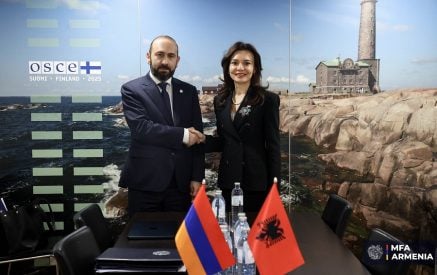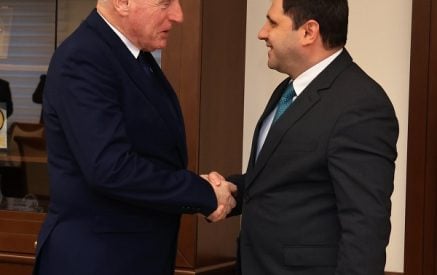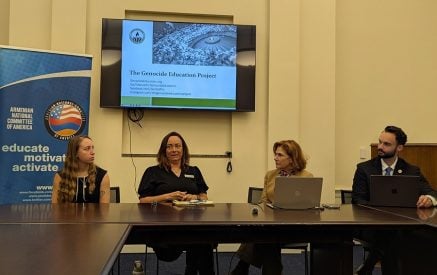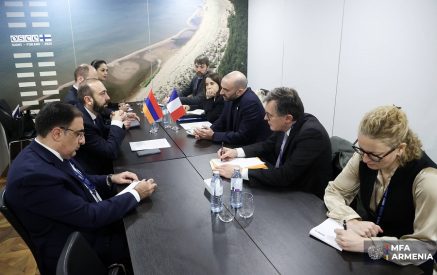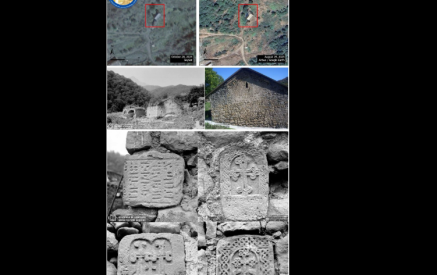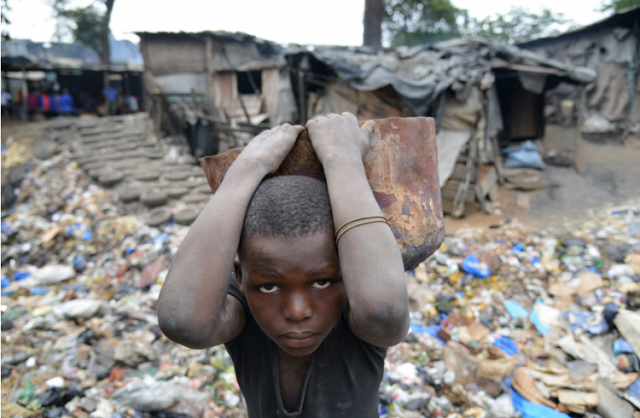Child labour affects 152 million children worldwide. The EU has been working with UNICEF and other partners to put an end to a phenomenon that takes childhood away and puts the future of millions of kids worldwide at risk. Earlier this week, EU High Representative Josep Borrell and UNICEF Executive Director, Henrietta Fore, held a phone call during which they discussed ways to continue working together to fight the socio-economic impact of the COVID-19 crisis, and agreed to jointly promote the education of children, including digital learning as a priority. “School is the most important equality producer in the world,” Borrell said. One of last year’s themes for the joint EU-UNICEF #TheRealChallenge social media campaign was child labour.
A normal day for a child begins at home, waking up early and getting ready for school and returning home to play. But this reality is not experienced by millions of children. In 2016(link is external), the International Labour Organisation (ILO) estimated a total of 152 million children aged 5 to 17 that were victims of child labour. Out of these, almost half were aged 5 to 11, corresponding roughly to primary school years.
Child labour is defined as the sum of chores that deprive children of their childhood, their potential and their dignity, and that demonstrate to be harmful to their physical and mental development. For some children, hazardous labour is imposed, particularly to the group aged 15 to 17, putting at risk their lives on a daily basis.
Common efforts have been undertaken and a reduction in the figures has been witnessed: child labour decreased by 94 million since 2000. In spite of that, the outbreak of COVID19 represents the biggest crisis of our lifetime, hampering food supplies, access to health care, social protection, education and, as a result, an unexpected reduction of the household income. Thousands of children are in an extremely vulnerable position, possibly reverting some of the achievements conquered. This year, the United Nations calls our attention to the impact of the pandemic on these children.
Read also
How the EU is acting to protect children
The EU is committed to protecting the rights of the child in both its internal and external policies: The Lisbon Treaty makes the promotion of children’s rights an explicit objective for the European Union.
The EU Guidelines on the Rights of the Child, aim to ‘support partner countries to promote, protect and fulfil the rights of the child with a focus on economic, social and cultural rights such as the right to education, health, nutrition, social protection, and the fight against the worst forms of child labour, always guided by the best interests of the child’.
The EU and its Member States cooperate with international organisations competent in the area, particularly UNICEF and the ILO. Being the largest donor to UNICEF and to the ILO’s development cooperation programme(link is external), the goal is to advance children’s rights and Decent Work Agenda throughout the world.
Every year, the EU, together with the Group of Latin American and Caribbean Countries (GRULAC) tables a resolution on the rights of the child at the UN General Assembly Third Committee. Last year the EU led on a resolution in which was declared the International Year for the Elimination of Child Labour.
EU cooperates with UNICEF
The EU works closely with UNICEF(link is external) to promote and protect children’s rights and to make a difference for children trapped by conflict, poverty and exclusion around the world. Without social protection and access to education, children are at risk of losing their futures. This is why the EU is taking concrete steps to advance children’s rights around the globe.
Last year, the EU-UNICEF social media campaign ‘#TheRealChallenge’ reached thousands of children, addressing, among others, the topic of child labour. Giving visibility about this human rights’ violation was achieved through a less conventional social media institutional format:
Other examples include the support to a community-based approach in combating child labour in hazardous industries in the Philippines; the ‘Better Migration Management’ programme, which provides specialised protection of unaccompanied and separated minors in the Horn of Africa; or birth registration programmes in Mozambique and Niger.
The EU delivers and creates an impactful result on children’s lives:
In Nigeria, the provision of basic formal and non-formal education services restores a sense of normalcy and security to 10,000 children, thus helping them not to fall into poverty and child labour. In Morocco, providing social assistance(link is external) is leading to more equity between children growing in urban and rural areas and the work continues to reduce asymmetries in access to secondary education.
Child labour cannot be ignored. It is through a continuous work of international cooperation between the EU and its partners that we can give childhood back to millions of children and ensure a brighter development for many regions.
European Union













































